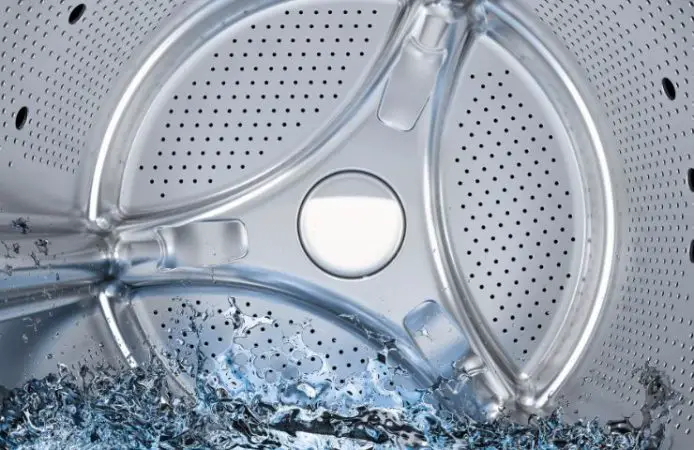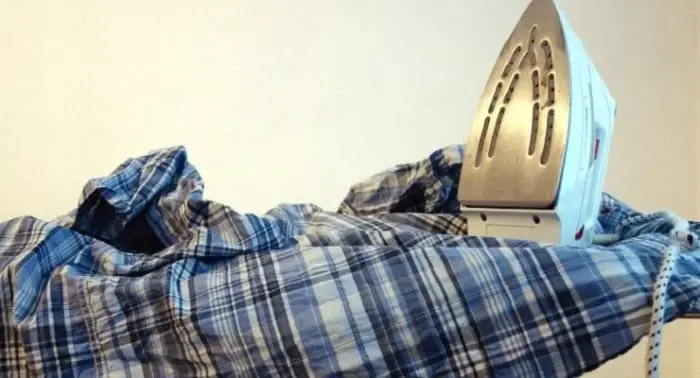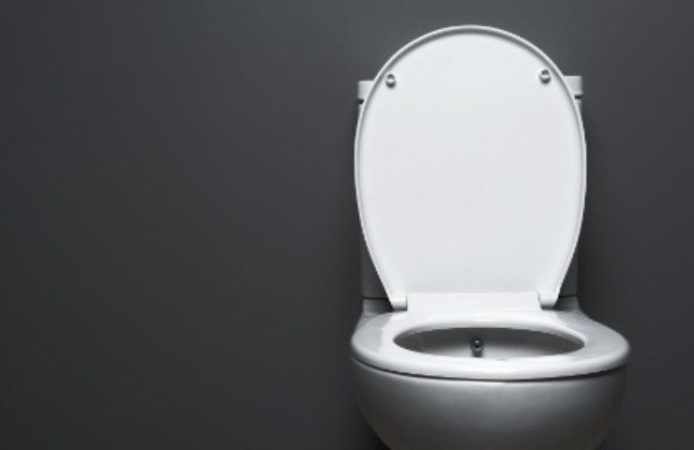
This is where mold and dirt form in your washing machine: here’s how to clean it perfectly.
Advice Advice
- 0
- 53
How to clean the dirtiest part of the washing machine to keep your clothes clean and smelling great. The tricks of the trade.

Today’s most read articles:
- What particularly caught your attention about this image? The answer will tell you something you don’t know about yourself.
- Nutrition Reminder: Check if you have this dietary supplement
- Losing weight after 40 isn’t impossible: you just need to know these simple tricks.
Knowing how to clean your washing machine is one of those cleaning tricks you only consider when you smell a pungent odor coming from the laundry room. The washing machine can be a breeding ground for germs, even if your job is to do something else. Think about it: your washing machine works hard to keep your home tidy.
The dirtiest place in the washing machine: how to clean it
Everything from soap bars, laundry detergent, fabric softener, fiber residue, and even hard water can clog your drain. Even if you don’t know how to clean your washing machine, mold can form over time, which is not only disgusting but can also make your tub smell bad. It’s recommended to clean your washing machine periodically and do a deep cleaning every three or four months.

Is bleach or vinegar better for cleaning your washing machine? Chlorine bleach and white vinegar are common cleaning ingredients that have been proven to combat mold and everyday grime.
White vinegar is highly acidic, making it a great way to get rid of the unwanted slimy buildup that grows in a humid environment. Bleach, on the other hand, is an oxidizing agent (which is why it leaves towels bright and white). When it comes to cleaning a washing machine, the solution depends on the problem at hand. If there’s mold or mildew, both vinegar and bleach are effective, but bleach is more effective.
However, some people prefer white vinegar because it’s not as harsh as bleach. Unless your washing machine has been completely neglected and is now a breeding ground for bacteria and germs, you want an effective detergent. In this case, you can run the washing machine on a normal cycle with hot water and add a quarter cup of bleach. If you decide to use bleach, check your washing machine’s manual to make sure it’s compatible.
What is the best way to clean the inside of a washing machine?
To get started, you’ll need a few everyday items: a spray bottle, distilled white vinegar, baking soda, a microfiber cleaning cloth, and an old toothbrush. Although the list of cleaning products for a front- and top-loading washing machine is the same, the method is slightly different.
We also tend to forget to disinfect the drain on top- and front-loading washing machines. To clean the drain, first make sure the washing machine is turned off. Then carefully disconnect the drain hose, or perhaps your washing machine’s drain is connected to the sink. Once the drain is clogged, be sure to place it in an empty bathtub or sink and let the excess water drain.
Check the inside for any remaining dirt. You may need to use a drain snake to remove it. Then, soak the drain in vinegar to remove mold around the drain opening. For stubborn dirt, use an old toothbrush with a little baking soda. Wipe away any residue with a damp cloth.
Check if your washing machine is equipped with a filter, especially if it’s an older model. If you don’t see it immediately, consult your owner’s manual, as washing machine filters can be located in a variety of places, such as at the end of a drain hose, on the rim of the drum, under the agitator cover, or even on the outside of the washing machine, in a small door. The filter may look like a mesh screen or something with tiny holes to catch lint.
How to Clean a Front-Loading Washing Machine
For a super-quick washing machine cleaning that takes less than 30 minutes, put white vinegar in a spray bottle and spray the inside of the drum. Using a microfiber cloth, wipe the perimeter of the washing machine drum, taking care not to neglect the surface. Next, clean the rubber seals, also known as gaskets, around the door. When you clean these seals, you’re likely to find dirt, mold, lint, and even hair.
To properly polish a front-facing washer, you can polish it with a white microfiber cloth and a candeggina mixed with sapone per piatti, soprattutto inside the rubber garnizione. Force wash with water and the highest temperature and perform a complete cycle with a bowl of white vinegar and about five drops of lavender essential.
For the first trimester of frontal caricature washing, follow the same procedure with voltage, including vinegar and essential oil, using two doses of baking soda and two doses of borax. Rinse for one hour and then perform a complete cycle.
How to Clean a Top-Loading Washing Machine
Set your washing machine to the hottest, highest water setting. Add four cups of white vinegar and start a cycle. Once the washing machine is full and cool, take a break and let the water and white vinegar soak in the drum for an hour. At the end of the first rinse, add a cup of baking soda and turn the washing machine back on to start another powerful cycle on the warmest setting. When you’re done, leave the top open to air dry.

